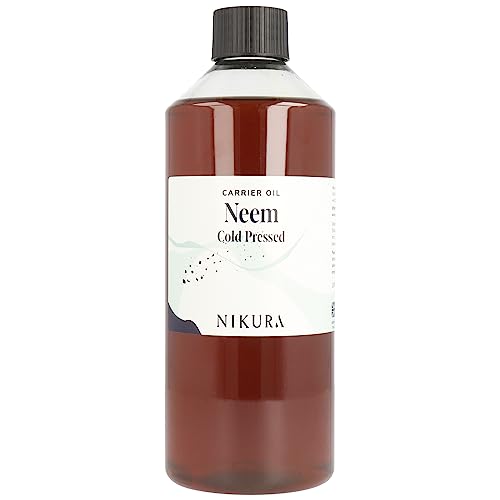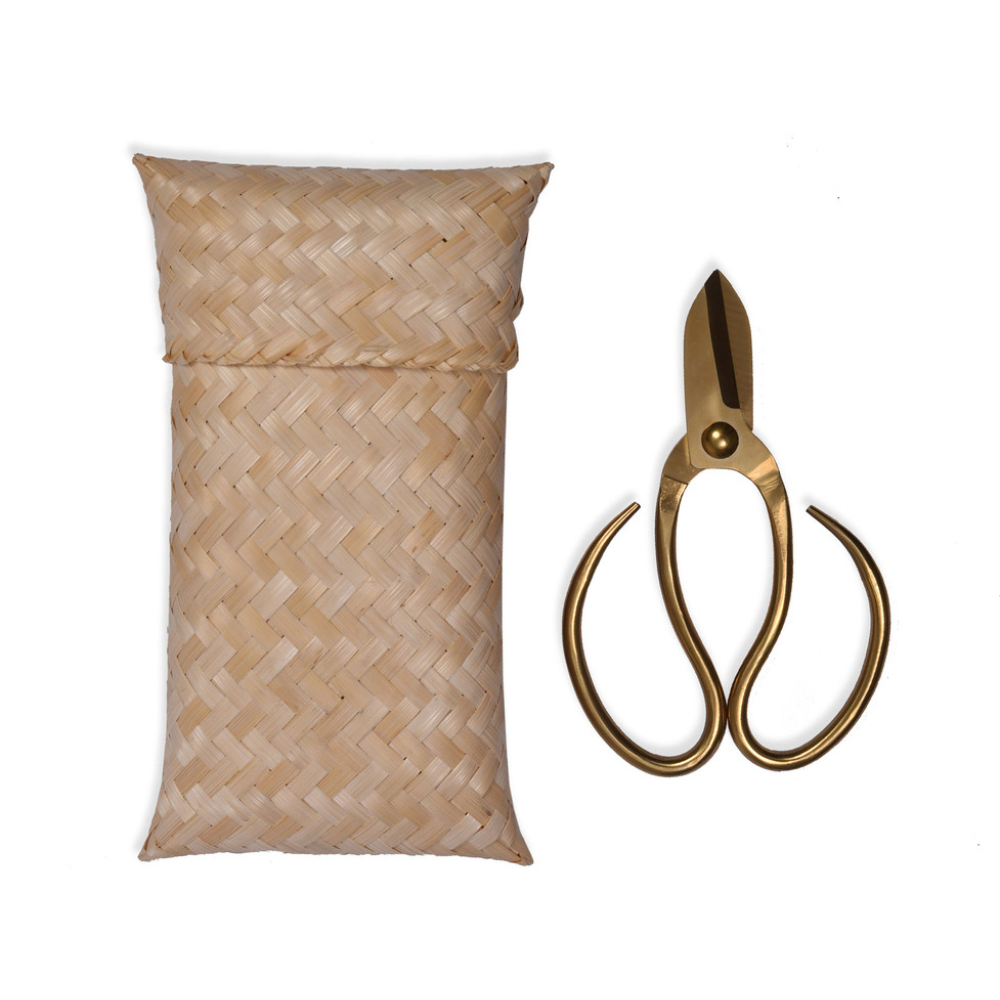Why is my spider plant turning brown? – 10 reasons why this could be happening and what to do to fix them
From watering issues to where you've situated it in your home, these could all affect its overall health
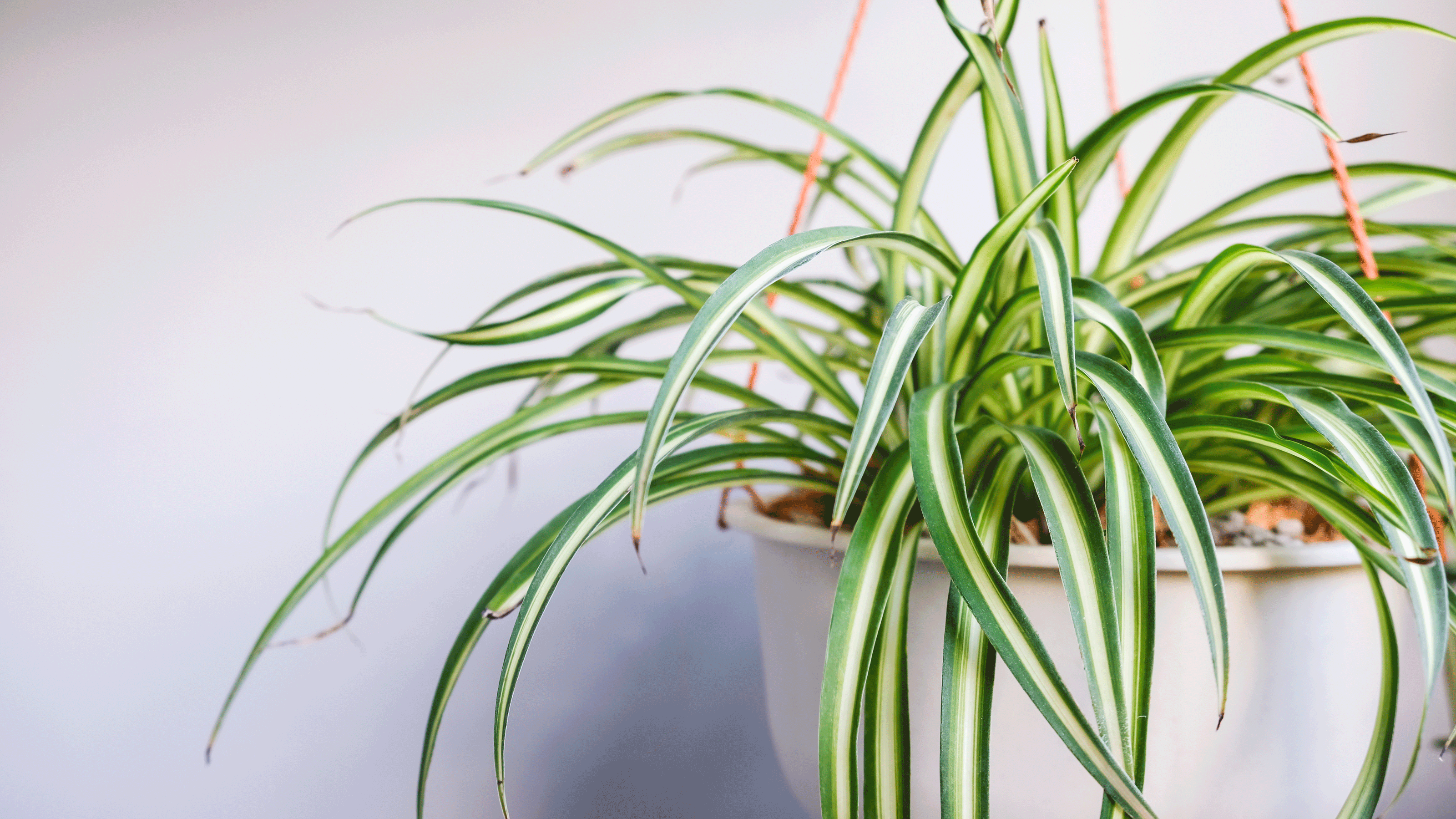

If you’re looking for a low-maintenance houseplant to add to your home, chances are you’ve considered a spider plant. And for good reason, but that’s not to say that they can’t still encounter a few issues.
One of the most noticeable can be you spider plant starting to turn brown. Whether that’s its leaves or the plant more generally. So, when it comes to how to care for a spider plant, there are a few things you’ll want to bear in mind, as even though spider plants are one of the most unkillable houseplants, you still need to consider its care.
Keep reading to find out everything you need to know...
1. Lack of humidity
As ‘spider plants originate from the tropical parts of Australia and Africa, they like a humid atmosphere,’ admits Kelly Dyer, Indoor Houseplant Expert at Patch Plants. And without enough humidity, their leaves may start to go brown at the tips. Thankfully, even if your home is particularly dry, there are a few ways to fix this.
The first would be to invest in a humidifier, to add more moisture back into the air. You could also consider moving your spider plant into a warmer or steamier room such as the bathroom or kitchen, which is naturally more humid. Additionally, ‘topdressing the surface of your plant's compost with a layer of LECA (lightweight expanded clay aggregate) balls,’ can help as well, according to Kelly.
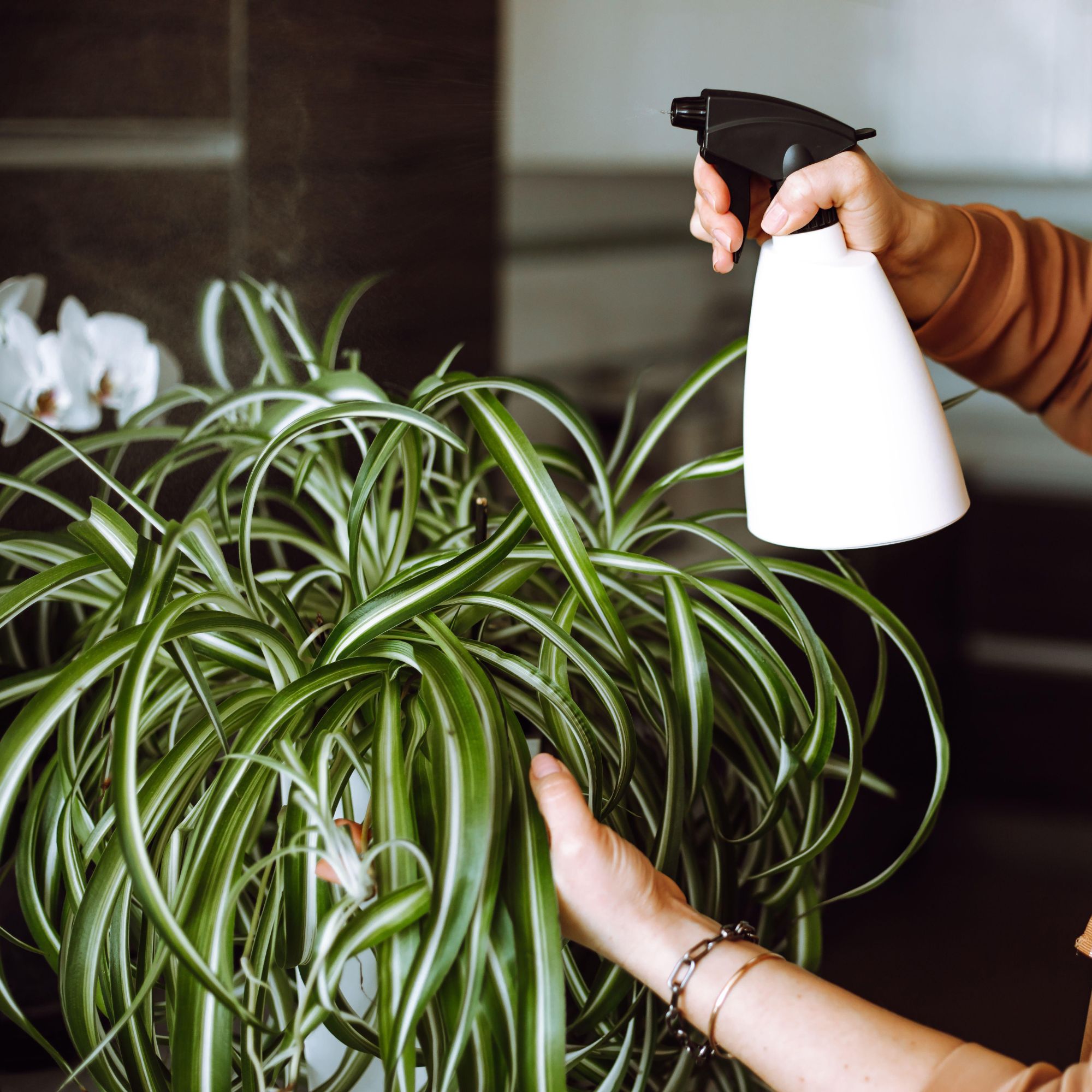
2. Overwatering
Spider plants generally only need to be watered about once a week, with you even being able to water it less frequently over the colder months. And ‘if you water your spider plant too much, it won't be able to absorb it quick enough which can cause root rot, turning its leaves brown,’ reveals Morris Hankinson, Director of Hopes Grove Nurseries.
If you think you might have accidentally overwatered your spider plant, you can try repotting it in new soil and adding some more drainage holes to your pot.
Sign up to our newsletter for style inspiration, real homes, project and garden advice and shopping know-how
3. Underwatering
Frustratingly, spider plants can also turn brown if they’re underwatered. So, you do have to strike the right balance when it comes to their watering schedule. ‘The key is not to let your soil dry out completely before watering,’ Morris affirms.
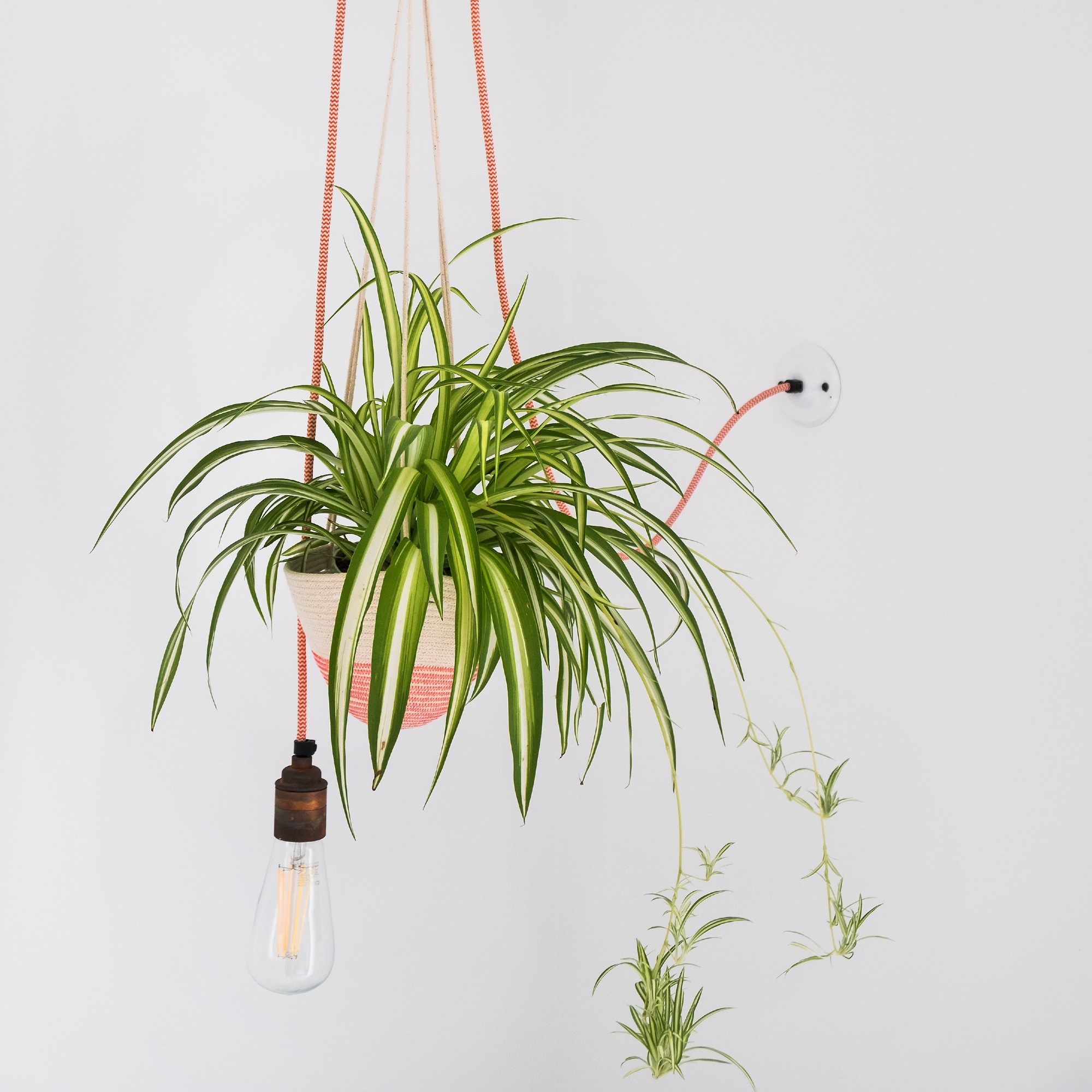
4. Watering with tap water
Did you know that the kind of water you use could be causing issues? Well, ‘tap water can also cause browning at the leaf tips due to its fluoride content, so using collected rainwater or distilled water is the perfect solution to prevent this,’ according to Luke Dejahang, CEO and Gardening Expert at Crown Pavilions.
A buildup of fluoride and other other chemicals basically inhibits effective photosynthesis from taking place. So, this might be something to change if it could be the root cause.
5. Too much sun
If you’ve noticed that its leaves look a little bit scorched and that might be why they’ve turned brown, this is a telltale sign that it’s had too much sun. I know, you wouldn’t expect to say that here in the UK with its inconsistent and ever-changing weather conditions but if your spider plant is being exposed to too much direct sunlight, it can easily be burned by the sun’s rays.
Most indoor plants don’t tend to enjoy sitting in intensely sunny spots for too long, which is why you should move your spider plant so that it receives indirect sunlight instead.
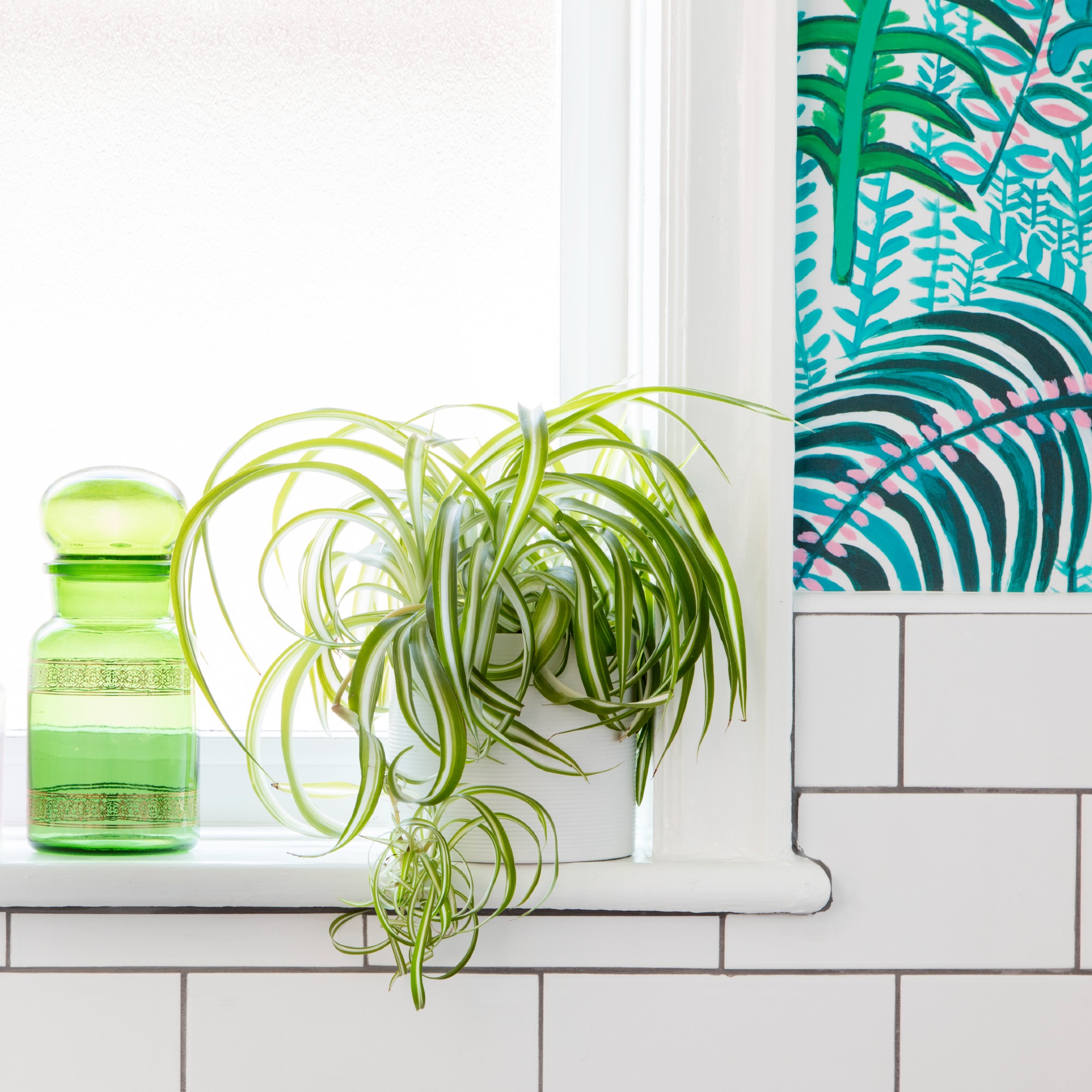
6. Draughts
As you think about moving your spider plant, you should also think about keeping it away from anywhere too draughty. ‘Cold draughts from windows or air vents not only dry out the leaves, but may also damage them too,’ Luke says. Draughty areas in your home also tend to be less humid, which is just another reason to move your houseplant somewhere else.
7. Overfertilising
‘Like overwatering, you can also overfertilise your spider plant which will cause leaves to turn brown as they can't fully absorb the nutrients they need,’ Morris warns. And ‘sometimes, too much fertiliser can lead to toxicity and actually result in poisoning your plant,’ Luke adds.
You should be able to correct these two issues by repotting the plant with less fertiliser being added to the soil and fertilising more sparingly, with ‘about once a month being ideal for your plant to receive that extra boost of growth,’ Luke continues.
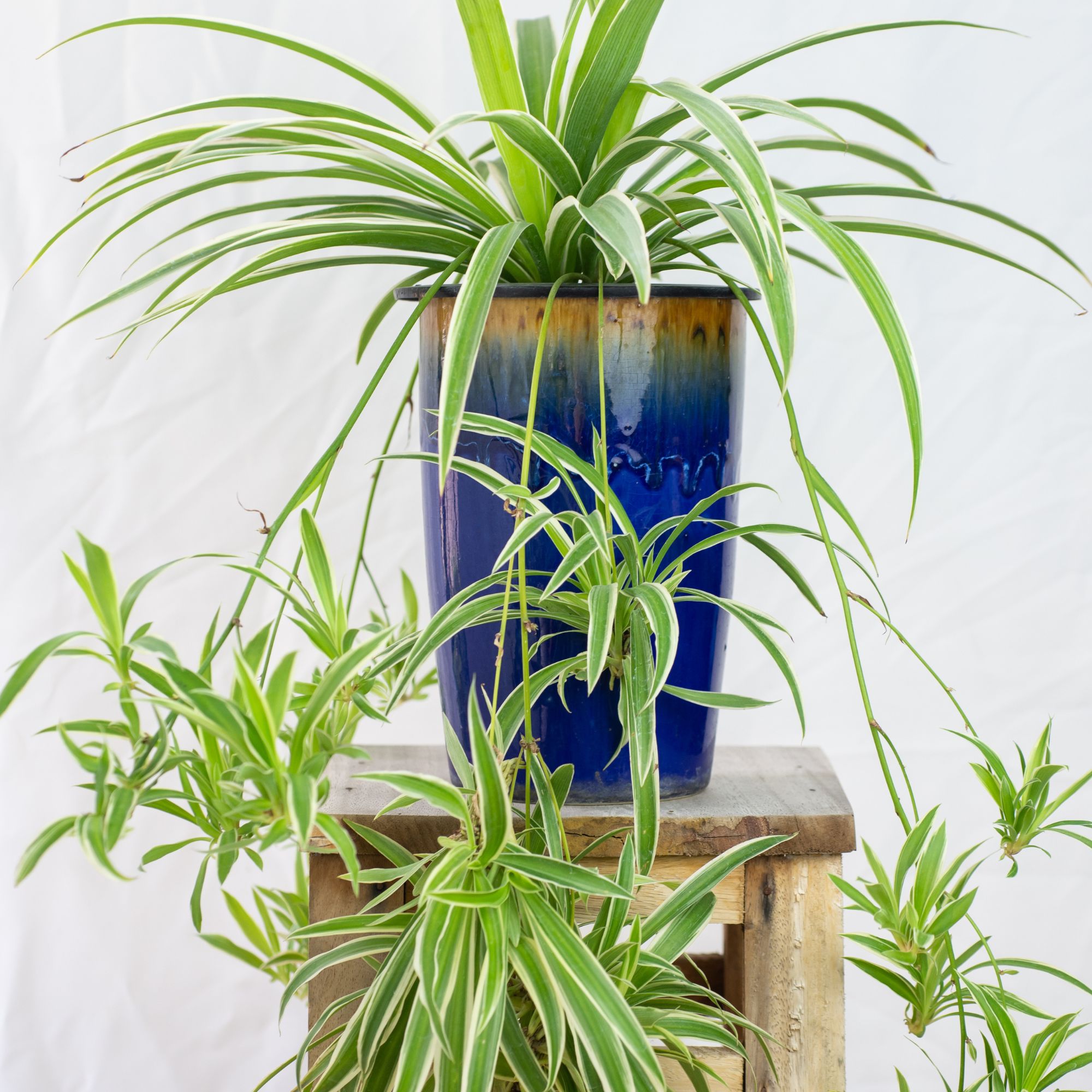
8. Diseases
As mentioned above, spider plants are susceptible to certain diseases such as root rot, which can prevent water from being absorbed and turn their leaves brown.
To avoid this, all you need to do is ensure that your pot has enough drainage holes and if you notice that there is still some excess water about half an hour after you watered it, you can pour this away to stop the plant from becoming waterlogged.
9. Pests
Sadly spider plants can be susceptible to a few different pests, including aphids and spider mites. Essentially, ‘these pests suck the sap out of your spider plant, causing new tissue to die and leaves to turn brown,’ Morris exclaims.
So, you’ll want to give your spider plant, and its leaves in particular, a check for any signs of pests every so often, making sure to check the underside of the leaves. While there are a few different ways to get rid of pests, a mixture of soap and water or something like neem oil can make an immediate difference.
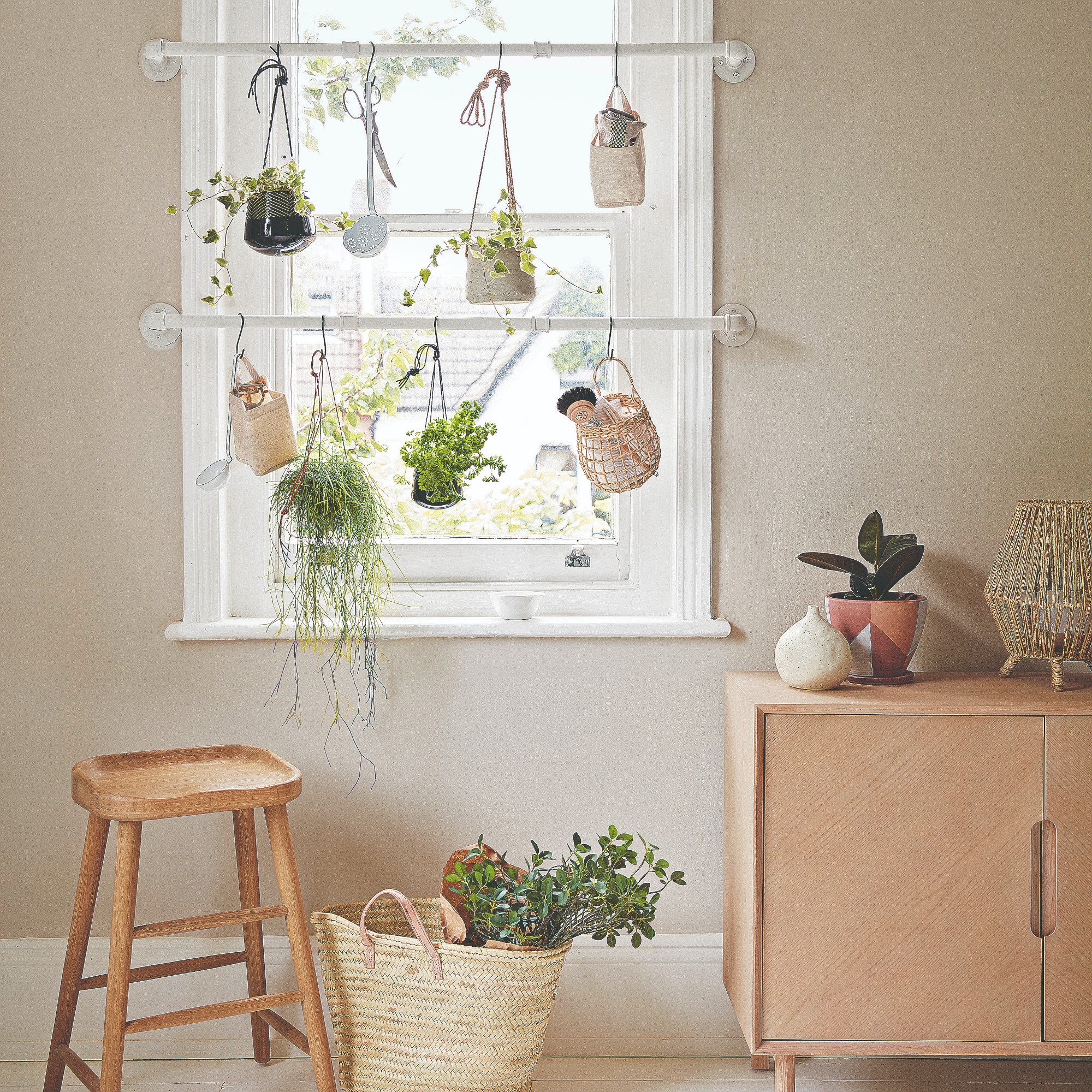
10. Natural ageing
And finally, ‘sometimes brown leaves occur in completely happy and healthy spider plants, and it’s simply because those leaves have reached their natural end of life,’ Kelly says.
‘You can usually determine if a brown leaf is simply an old leaf as they tend to be at the bottom of the plant, or furthest from the middle – they are just dying off to make room for more growth so feel free to snip these old leaves off.’
FAQs
Should I cut dead leaves off a spider plant?
The experts all agree that yes, you can certainly cut off any dead leaves that you’ve discovered. Not only does this keep your spider plant looking its best but it also ‘helps the plant to focus its energy on new growth and prevents any potential disease,’ Luke concludes.
So, if you’ve spotted any dead, yellow or brown leaves on your plant, feel free to snip those off. And when cutting them, just ensure that you cut them off at the base.
What you'll need

Ellis Cochrane has been a Freelance Contributor for Ideal Home since 2023. Ellis has been writing about homes, interiors and gardens for four years now, with her also contributing to House Beautiful, Country Living, Expert Reviews, Real Homes and Stylist.

